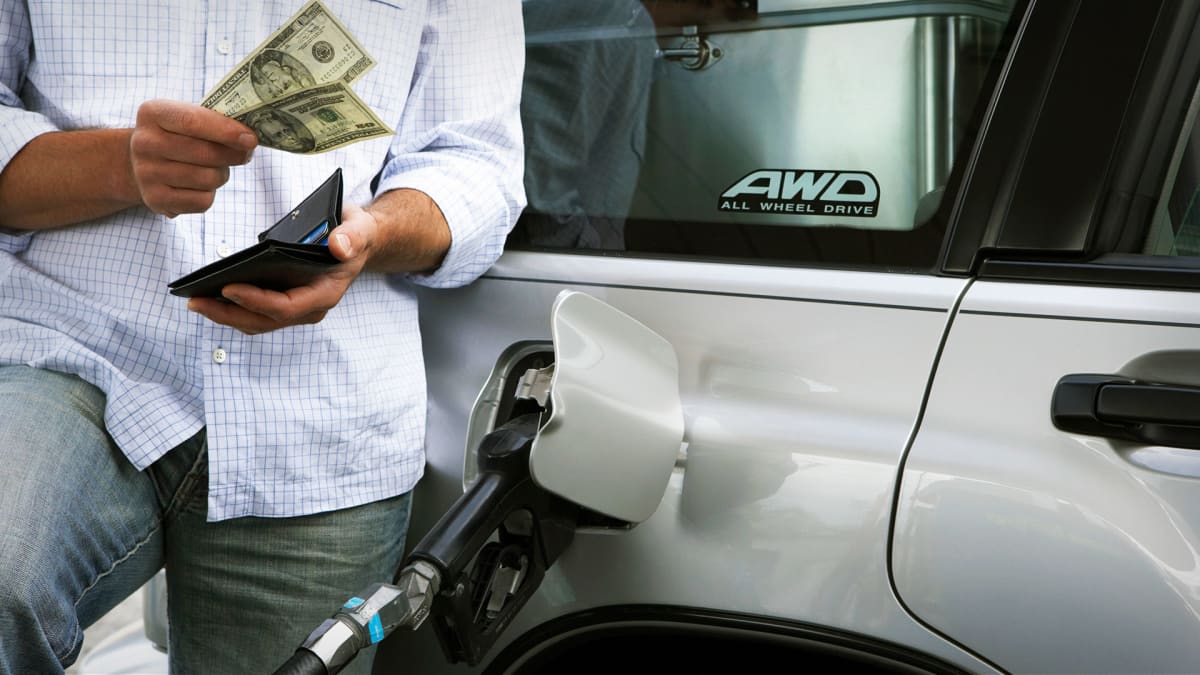
Consumers who were counting on gasoline prices to fall to $2.99 a gallon won't get their wish in time for Christmas because of a second week of gains in crude oil prices.
The recent increase in crude oil prices also pushed gasoline prices higher. Crude oil prices have risen lately and jumped by at least $2 a barrel on Dec. 23 when Russia moved to lower its output of crude oil due to the price cap instituted by the G7 countries on Moscow's exports.
The Russians said they could slash output from 5% to 7% early next year due to the caps in prices, according to the RIA news agency that quoted Deputy Prime Minister Alexander Novak on Dec. 23.
West Texas Intermediate (WTI), the U.S. benchmark for oil prices, rose to trade at $78.22, up by 2.88% mid-day on Dec. 23. The price of Brent crude oil, the international benchmark, jumped to $84.39, an increase of 3.33%.
Drivers who were expecting gasoline prices to fall to $2.99 a gallon will not see gas stations selling at that level for awhile.
"Not looking like we’ll get to $2.99- oil gas rallied and that’s putting an end to the decline for now," Patrick De Haan, head of petroleum analysis, GasBuddy, a Boston-based provider of retail fuel pricing information and data, told TheStreet.
"That’s it for now, folks," he tweeted. "It looks like the national average price of gasoline will bottom just shy of $2.99, thx to the recent rally in oil markets."
Gasoline prices could fall to below $2.75 a gallon over the next few days, but the national average "should stay in this ballpark for a bit," De Haan tweeted.
The Arctic blast occurring in most of the U.S. except for states such as California and Nevada and even stretching to Florida, will not impact gasoline prices.
Refineries located in states such as Texas, which are experiencing frigid temperatures such as 25 degrees in Pasadena (near Houston), could be impacted on a short-term basis. The colder weather is expected to last only until Dec. 26 when the low is estimated to be 33 degrees with a high of 59 degrees in Pasadana where some of the refineries are located. Other refineries are located in adjacent towns - Deer Park, Texas City and Baytown.
"There could be impacts to refineries in extremely cold temps, but it is unlikely to have impact on prices," De Haan said.
While demand typically rises during Christmas and the new year, storms throughout the U.S. have cancelled plans for many travelers, especially those flying to their destinations. Thousands of flights have been cancelled the past two days along with dozens of disruptions on Amtrak, the rail service
The blizzard conditions in the Midwest in cities such as Detroit, Chicago and Minneapolis-St. Paul have made travel hazardous and nearly impossible.
The demand in gasoline use has risen slightly - the EIA reported an increase of demand to 8.71 millon barrels per day (mbpd). That amount is "just a bit above the rise GasBuddy data" reported earlier in the week.
"According to GasBuddy data, weekly (Sun-Sat) US gasoline demand rose 3.2% from the prior week and was 1.5% above the four week average. We model consumption at 8.63mbpd," De Haan tweeted on Dec. 18.
The amount of demand by consumers is similar to what consumers used in 2021.
"Last year also saw similar metrics, for the same week in 2021, we saw +2.9% WoW and +1.2% vs four week average," he said in a tweet.







